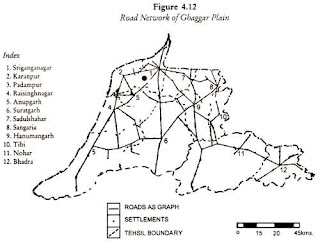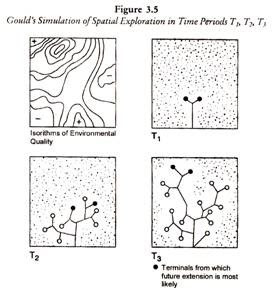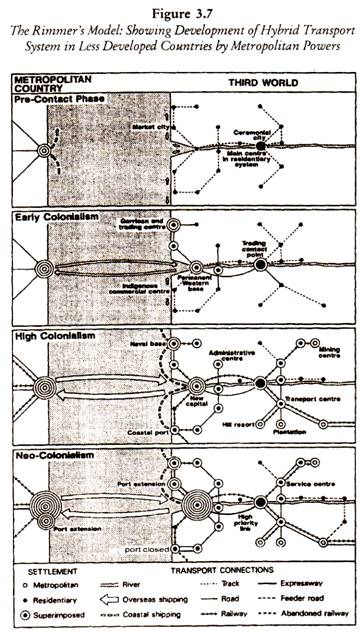Methods in Transport Geography
Methods in Transport Geography Author: Dr. Jean-Paul Rodrigue 1. Transportation and Methodologies Transportation is not a science, but a field of inquiry and application. Two common traits of transportation studies, regardless of disciplinary affiliation, are a heavy reliance on empirical data and the intensive use of data analytic techniques, ranging from simple descriptive measures to more complex modeling structures. In some respects, transport geography stands out from many other fields of human geography by the nature and function of its quantitative analysis. In fact, transport geography was one of the main forces in the quantitative revolution that helped to redefine geography in the 1960s with the use of inferential statistics, abstract models and new theories. Although this perspective provided much needed rigor, it also favored a disconnection between empirical and theoretical approaches. Like in economics, the quantitative revolution le...





